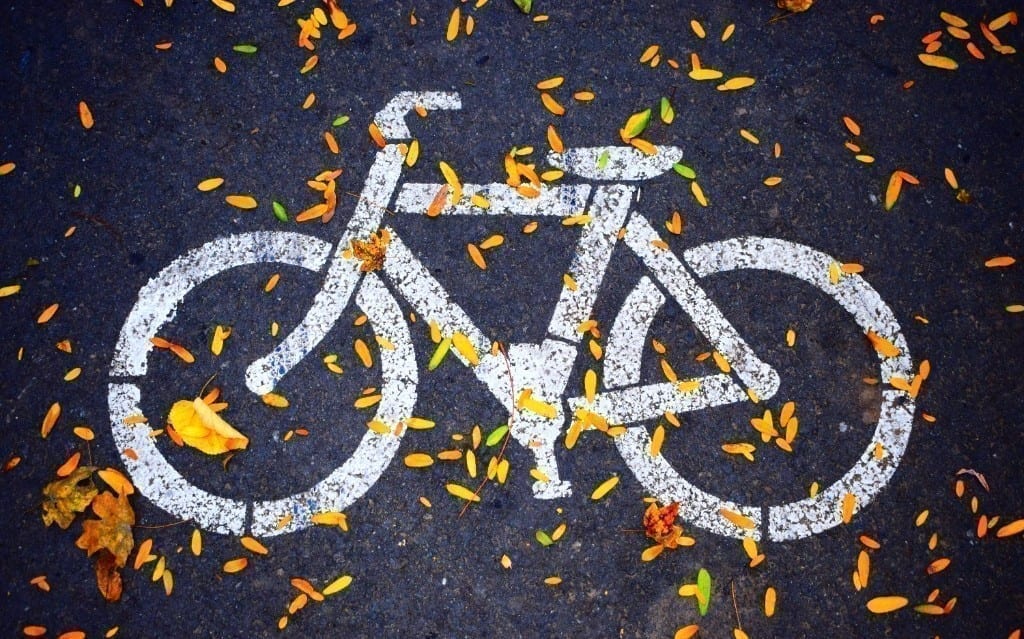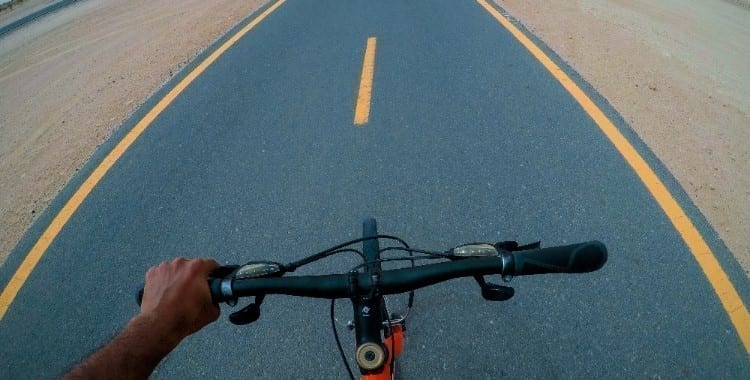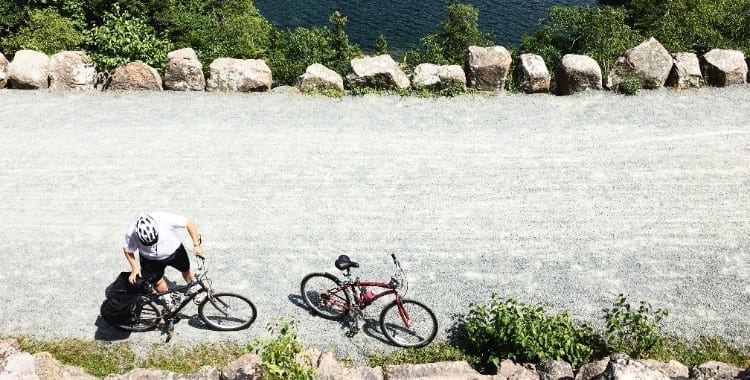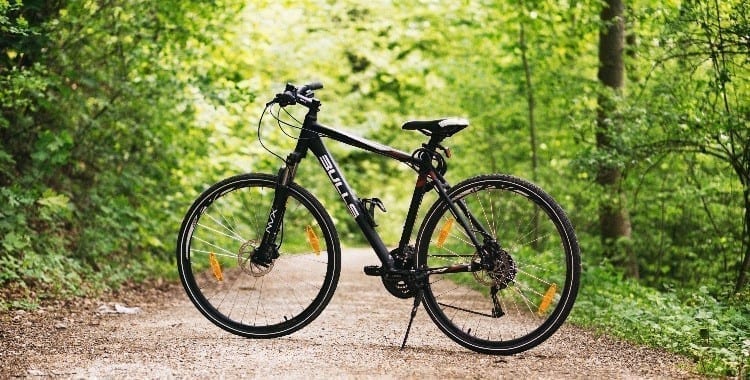Doing the Camino by bike is a great option for those who love cycling and the Camino. For some, this modality is a physical challenge in which to test how many kilometres they can cycle per stage. But undoubtedly, for most of them it is an alternative option to the walking route that allows them to go slower at each stage and take small detours to see more things.
And so it is! The reality is that doing the Camino by bike offers you advantages that the walking route cannot offer. In the following post we tell you everything you need to know if you want to do this adventure, don’t go away, we are starting!
One of the first doubts: how long does each stage of the cycling route take?
Here is one of the potentialities of doing the Camino by bike dear friends: there are no official pre-established stages. The Jacobean route, marks us the series of towns through which we must pass, but there is no set mileage stage for cycling. Everyone is free to configure the stage according to their physical possibilities.
So you know, you can set an average of 30 or 40 kilometers per day and enjoy the trip and the stops calmly, or you can set longer stages if you have few days to cover a long stretch.
What about the Compostela?
As well as there are no pre-established stages if there is a minimum number of kilometres that must be cycled to obtain the Compostela. The walking route marks a minimum of 100 kilometers to obtain it. However, to obtain the compostela by pedalling you will need to cycle at least 200 kilometres, but don’t panic! They are perfectly manageable in a few days.
How to prepare for the Camino by bike?
Physical preparation
Just as for the pilgrimage on foot, if you are thinking of doing the Camino by bike, you should prepare yourself. The bike training is very important to carry out this experience without suffering. Keep in mind that daily cycling requires a minimum of strength in the legs and torso, to cope well with the effort of pedaling. We recommend that you combine your bike training with exercises to strengthen your legs, abdomen and back.
Preparing the bike
It is very important to maintain your bike properly on a daily basis to avoid unpleasant surprises. Always carry with you a kit of accessories for the bike, such as: lights, bell, lock, pump, patches, elastic octopus, multi-tool kit and a small bottle of oil, among other things. Itis very important to carry a bell that works properly, keep in mind that many times you will have to share the track with walking pilgrims and other people, so you should warn them as you pass by. Oil is also essential: many times you will ride through muddy or dirty areas and then you will have to clean the bike, so you will need oil to grease the chain again, thus avoiding possible breakages.
Of course, good panniers to carry your stuff, but don’t overdo it! The less weight you carry, the better. To do the route by bike, the best option in terms of luggage is to hire a transfer.
Clothing
A good jersey and a good pair of bib shorts to keep you comfortable all the way. It is also a good idea to carry a windbreaker or a raincoat in one of the saddlebags, in case it rains or is very windy. It is very important that you carry some snacks such as energy bars or fruit and a small hydration backpack. Of course, don’t forget your helmet!
Are all the routes suitable for cycling or “bicigrinear”?
In general, it is. However, there may be areas where you have to deviate from the original path and go on the road, or you may have to get off the bike and walk it. What they do exist, are different degrees of difficulty, here we tell you about it:
Expert level routes
We can put in the Top 1 of difficulty to the Camino Primitivo, the Camino del Norte and the Via de la Plata. The first one, because of its uneven terrain, we can consider it a “leg-breaker” path. The second, due to the usual bad weather and difficult terrain. The third, because of its extreme length and the few services it has. To do the Via de la Plata you must be completely sure that you are going to endure the stage you set yourself and go well stocked.
Routes for everyone
The French Way, the Portuguese Way and the English Way are the most favourable routes because of their good terrain. That is, except for the mountain passes of the Pyrenees and O Cebreiro on the French Way!
How do I carry my bike?
This is a frequent question that many of you have. Don’t worry about anything, there are companies that will move your bike to wherever you need it. “What if I don’t have a bike?” No problem, you can rent one to do the Camino! In this regard, if you have doubts about whether you will be physically able to cycle for several days, we advise you to consider the option of renting one. electric bike, problem solved!
Dare to do the Camino by bike! And if you have already done it, share your experience and recommendations with us to help other undecided bicigrinos. If you are more of perregrino, in this link you will find all the info.
Have a nice walk!







Leave A Comment